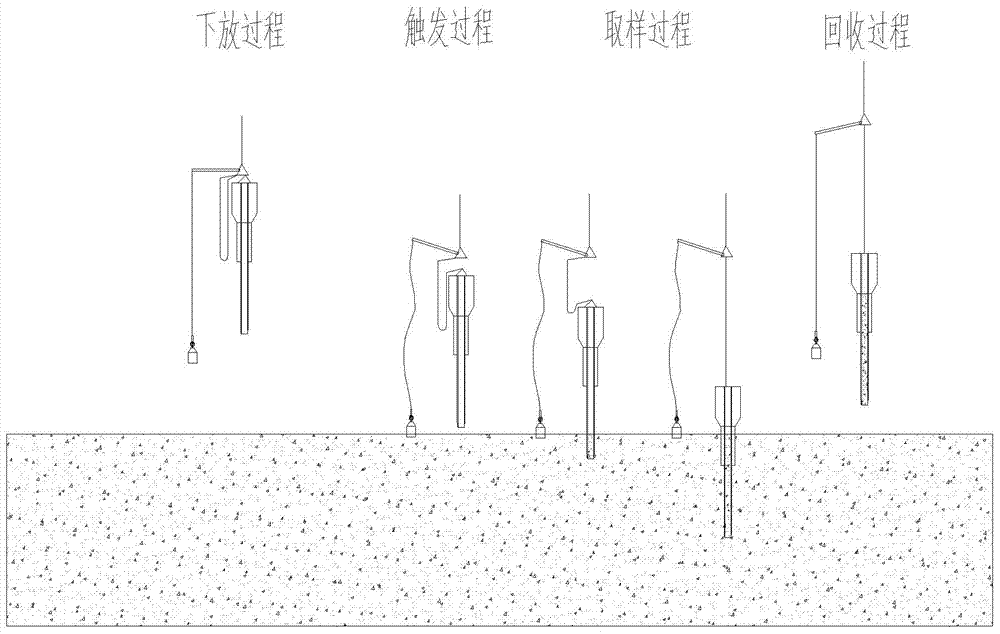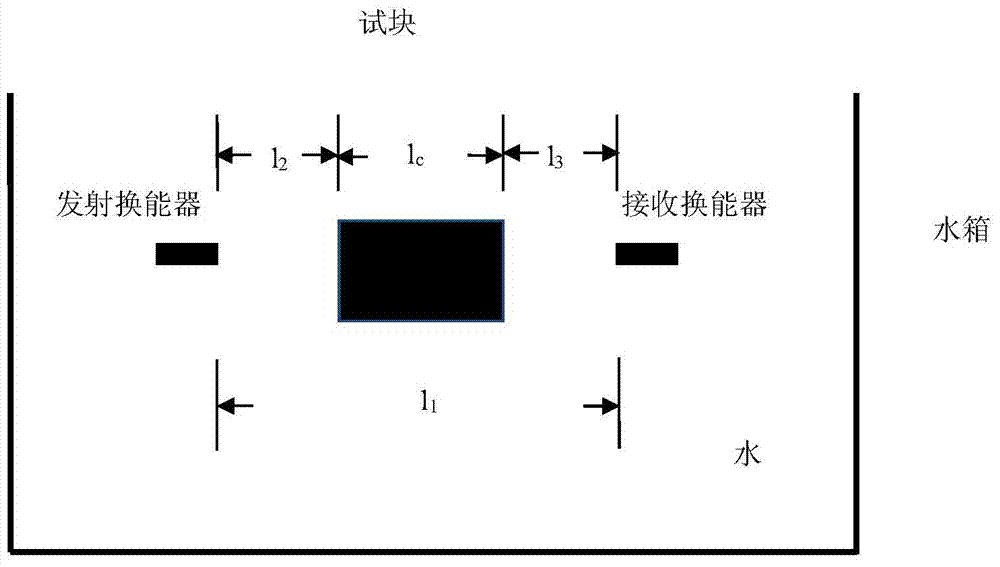Data-fusion-based reservoir bottom mud density detection method and system
A data fusion and sediment technology, which is applied to measuring devices, specific gravity measurement, instruments, etc., can solve the problem of inability to quantify the sediment density data at different locations, inability to infer the density characteristics of silted sediments from acoustic information, and deviation of sample detection results. Larger problems, to achieve the effect of high accuracy, strong penetration, and improved efficiency
- Summary
- Abstract
- Description
- Claims
- Application Information
AI Technical Summary
Problems solved by technology
Method used
Image
Examples
Embodiment Construction
[0030] The purpose of the present invention is based on the data processing method proposed by the data fusion technology, integrating the sampling detection data of the low-disturbance sampling equipment and the acoustic wave detection data of the shallow formation profiler, forming a set of efficient reservoir sediment detection methods, so that the reservoir sediment can be quickly obtained Density and structure can provide basic data for more in-depth analysis and research on the law of water and sediment migration, which is of great significance for flood control and sediment discharge of deep-water reservoirs.
[0031] The technical solution of the present invention will be described in further detail below in conjunction with the accompanying drawings.
[0032] In recent years, the Yellow River Water Conservancy Research Institute has used the principle of fidelity sampling of deep-sea sediments to transform and develop low-disturbance columnar deep reservoir area sampli...
PUM
| Property | Measurement | Unit |
|---|---|---|
| The inside diameter of | aaaaa | aaaaa |
| Tube chief | aaaaa | aaaaa |
| Thickness | aaaaa | aaaaa |
Abstract
Description
Claims
Application Information
 Login to View More
Login to View More - Generate Ideas
- Intellectual Property
- Life Sciences
- Materials
- Tech Scout
- Unparalleled Data Quality
- Higher Quality Content
- 60% Fewer Hallucinations
Browse by: Latest US Patents, China's latest patents, Technical Efficacy Thesaurus, Application Domain, Technology Topic, Popular Technical Reports.
© 2025 PatSnap. All rights reserved.Legal|Privacy policy|Modern Slavery Act Transparency Statement|Sitemap|About US| Contact US: help@patsnap.com



